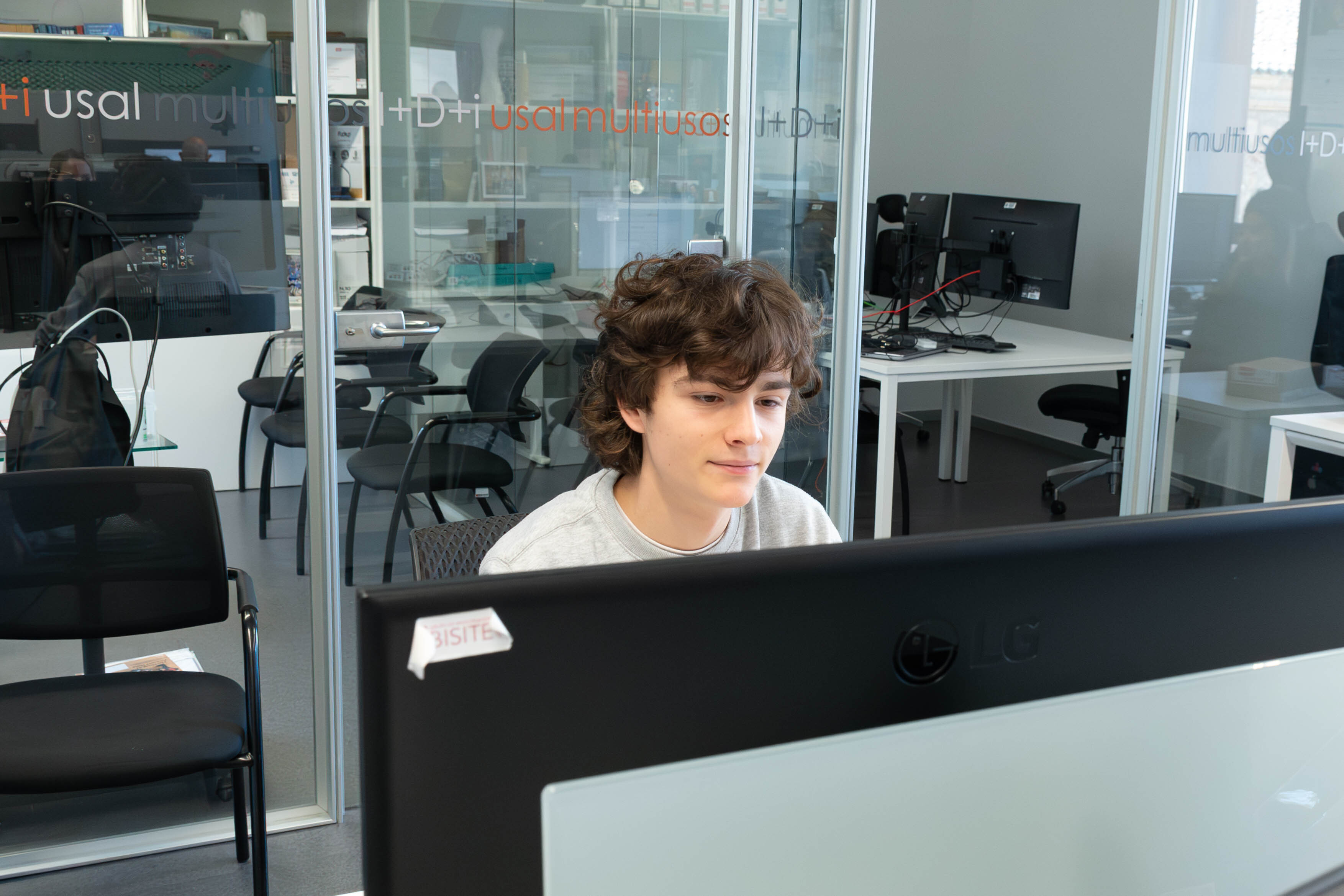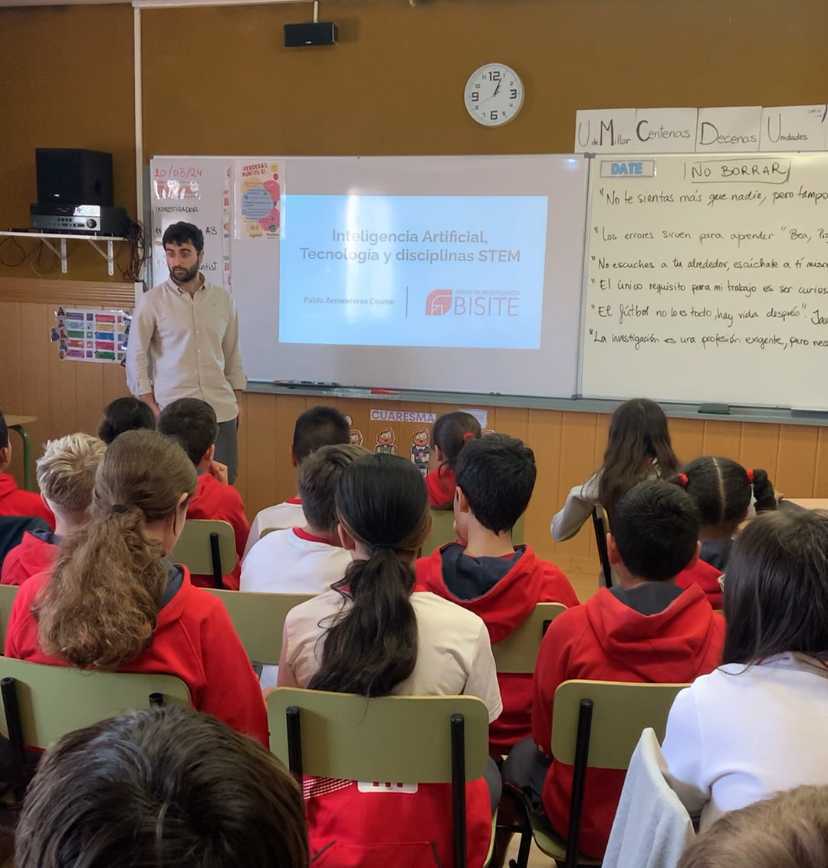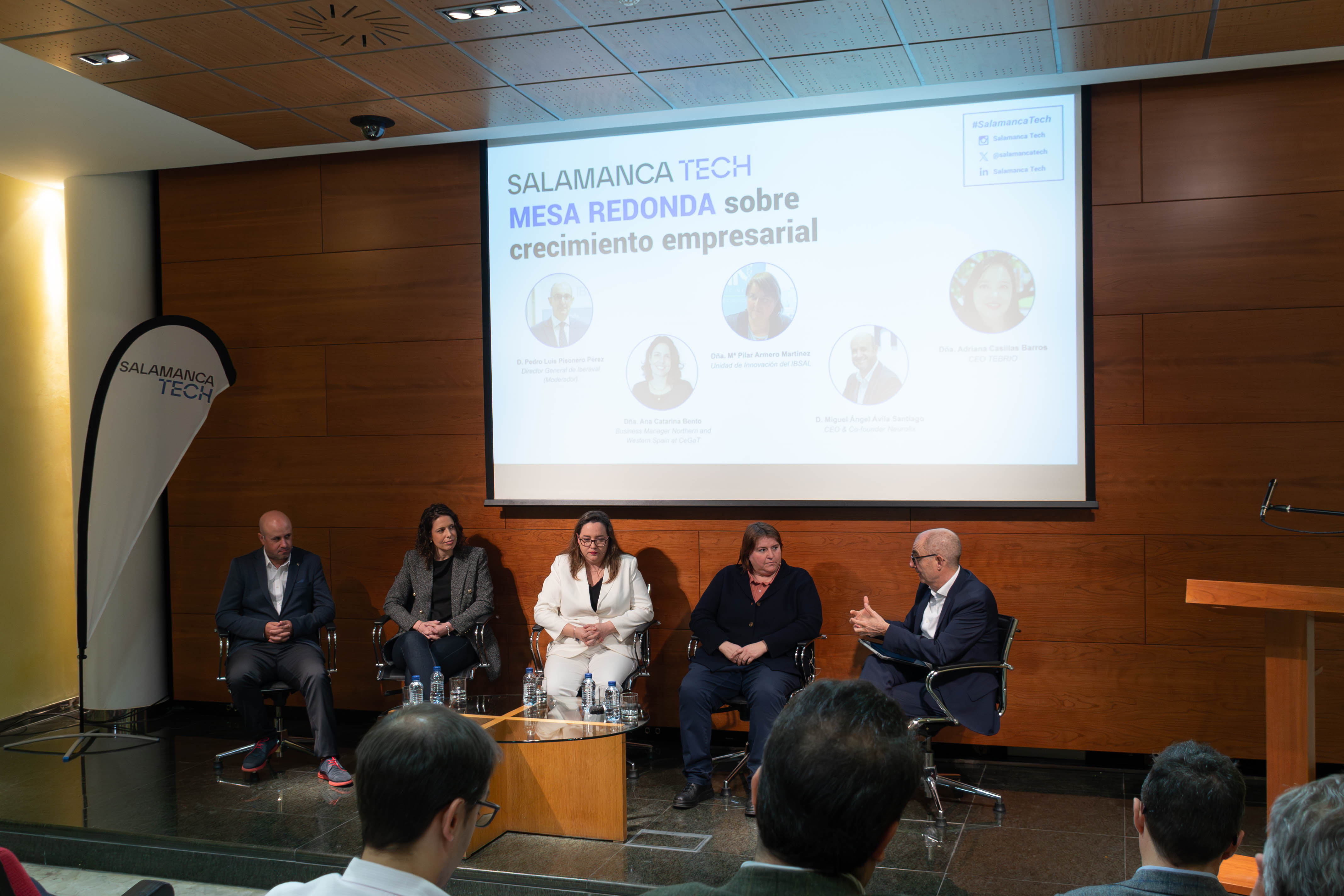The BISITE Research Group of the University of Salamanca is aware of the importance of advanced therapies. In line with this, it develops several cross-cutting capabilities that allow it to undertake all kinds of projects related to rehabilitation technologies; accessibility, interpreters, and telecare; connected therapeutic dolls; virtual and augmented reality for rehabilitation or accessibility; and advanced therapies and artificial intelligence.

BISITE showcased all of its potential in the field of disability at the VI International University and Disability Congress "Digital transformation for inclusive education", organized by the ONCE Foundation and Social Affairs Service of the University of Salamanca, where Juan Manuel Corchado, Director of BISITE, took part in the roundtable "Accessibility and technologies applied to education" with the presence of half a thousand attendees together with Marta Gago Castro, from the Universia Foundation; Anna Matamala Ripoll, Director of the AccessCat network; and Antonio Sánchez Kaiser, founder of Bemyvega; under the moderation of Jesús Hernández Galán, Director of Accessibility and Innovation of the ONCE Foundation.

In addition, the Research Group has its own stand where attendees can get a closer look at devices such as InTrack, a device that allows to monitor the progression of a patient with knee problems. The Traumatology Service of the Salamanca Hospital, headed by specialist Juan Blanco, is already successfully testing the first prototype on patients who have undergone cruciate ligament surgery. The device designed by BISITE researchers allows the patient, from home, to measure the mobility of his knee when indicated by the traumatologist. In addition, the project includes a mobile application from which the patient can respond to the questions asked by the specialist about their injury. The specialist is provided with a platform on which they receive the data and can thus evaluate the patient's progress in real time, without the need for the patient to go to the surgery to take the measurements.
In addition to this line of rehabilitation technologies, the researchers are testing a crutch capable of measuring the force that the patient exerts on it when walking. The device is based on a normal crutch on which a sensor is installed to measure the force exerted by the patient each time he or she uses it. These data are sent to a platform designed to be used by both the patient and their physiotherapist, who can then monitor the patient's progress, set new challenges, or establish alerts for the user.
Also on display at the VI International University and Disability Congress is the SpineCare device, a project in the field of the Internet of Things (IoT), smart textiles and rehabilitation technologies designed for the prevention of occupational hazards and postural correction. The objective in this case is to monitor the loss of mobility caused by neurodegenerative diseases. The prototype has three sensors with nine-axis IMU technology that are placed on the dorsal, mid-back and lumbar spine, which measure acceleration and rotation, and an additional reference sensor at pelvic level. The device has been designed to be placed inside a T-shirt with a small battery located at waist level that connects to the cell phone via Bluetooth, so the patient sees the data in real time on his or her cell phone and the physiotherapist receives it on a platform. At the moment, SpineCare is in trials, but the researchers are optimistic and predict that the device could be used for different ailments, such as multiple sclerosis.
Furthermore, Apapachoa, therapeutic dolls aimed at the emotional stimulation of patients, stand out. The researchers have placed an electronic system inside the dolls, so that their cheeks light up, their hearts beat, they make sounds and can even play music. They have two modes of operation: on the one hand, the person interacts and the doll responds, and on the other, the psychologist or therapist controls the doll and makes it cry, for example, so that users can find a way to calm the crying. Like the other devices, they are linked to a mobile application and a platform for professionals working with them. The Apapachoa dolls have already begun to be tested and will soon be validated with patients at the Alzheimer's Reference Center in Salamanca so that in the near future they will be part of the therapy in nursing homes.





